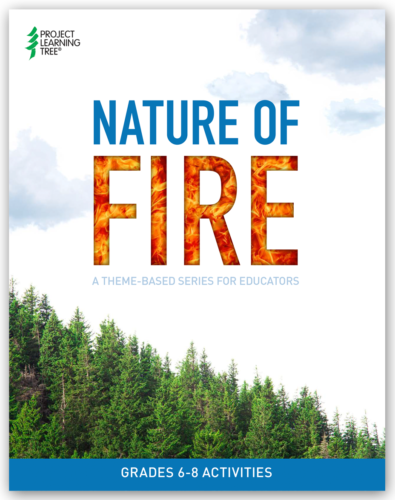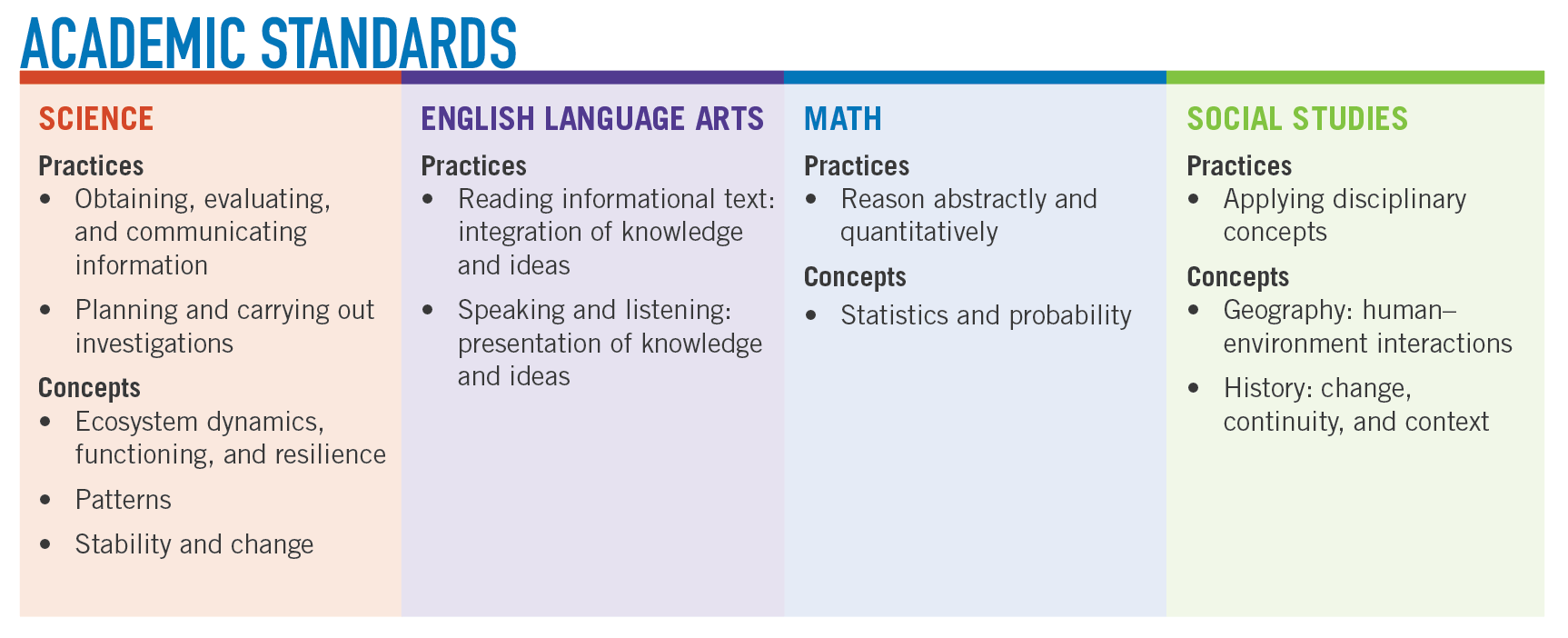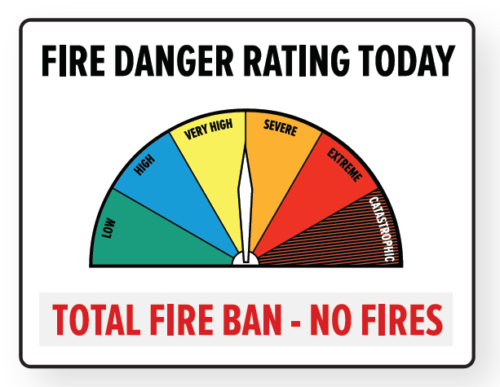September 20, 2021
 Project Learning Tree recently launched a new series of theme-based activity collections that focus on specific grade levels and relevant topics.
Project Learning Tree recently launched a new series of theme-based activity collections that focus on specific grade levels and relevant topics.
Nature of Fire is our latest release that features three PLT activities for educators of students in grades 6-8 that invite learners to investigate wildfire and ecosystem change.
The activity collection is available for purchase from PLT’s Shop as a downloadable PDF for $5.99.
Other PLT Activity Collections include:
- Discover Your Urban Forest for grades 6-8
- Biodiversity Blitz for grades 3-5
- Trillions of Trees for grades 3-5
- Sensational Trees for grades K-2
Fire: Friend or Foe?
Ecosystems are constantly changing. They may change slowly over time, through processes such as succession, in which plant species are replaced by other species. They may also change more rapidly through a disturbance such as fire.
In many ecosystems, fire is a natural change agent that can bring positive changes. It can open up the forest canopy to more sunlight, recycle nutrients in the soil or help some plants regenerate.
However, as the human population expands into wildland areas, wildfire is an increasing threat to people and structures, putting public safety at risk. Decades of fire suppression have caused a build-up of fuel in some ecosystems, which can lead to more intense, devastating fires. In addition, the changing climate is intensifying fire risk with reduced precipitation, warmer temperatures, and stronger winds that can dry out trees and stoke flames. Uncontrolled wildfire can also negatively impact human health, public safety, water quality, species habitat and increases carbon emissions.
Sustainable Forest Management
Raising the awareness of fire management and the risk of wildfires, as well as the undesirable effects of fire such as the impact on carbon emissions, water quality, species habitat, human health and public safety, are considered critical in sustainable forest management. Management techniques to limit the undesirable impacts of wildfire include prescribed burning, stand thinning, or other treatments to reduce the levels of hazardous fuels.
Fire management is a key part of the Sustainable Forestry Initiative (SFI) Forest Management Standard. The new SFI Fire Resilience and Awareness Objective requires SFI-certified organizations to limit susceptibility of forests to undesirable impacts of wildfire and to raise community awareness of fire benefits, risks, and minimization measures. For more detailed information, see the SFI 2022 Standards and Rules.
Sustainable forest management includes strategies to reduce catastrophic wildfire, ensure resilient forests, maintain forests, and restore degraded lands. Resilient forests are necessary to confront today’s challenging environmental issues, including wildfire and climate change.
Nature of Fire: Grades 6-8 Activities
Nature of Fire features three PLT activities for educators of students in grades 6-8. Designed to be flexible, the activities can be used as individual, stand-alone lessons, or all together as a cohesive unit of instruction using a storyline technique.
-
Nothing Succeeds Like Succession
Students read a story about forest succession and investigate the connections between plants, animals, and successional stages in a local ecosystem.
-
Living with Fire
Students learn about the three elements that a fire needs to burn and find out how this “fire triangle” can be used to prevent and manage wildland fires.
-
Burning Issues
Students graph changes in atmospheric levels of carbon dioxide (CO2) over the course of several decades to explore the relationship between CO2, the Earth’s climate, and wildfires — and suggest ways to reduce the negative effects of fire.
Learning Progressions
Storylines provide connectedness and continuity to individual activities and can serve as the instructional “glue” that holds areas of knowledge and skills together. The activities in Nature of Fire may be linked together into a unit of instruction using a storyline technique, such as the one that follows.
Guiding Question: How is wildland fire both a cause and effect of ecosystem change?
Storyline: Students investigate the role of fire in ecosystem change.
The sequence of individual activities supports this storyline:
- Beginning with “Nothing Succeeds Like Succession,” introduce the concept that forests and other ecosystems are in a constant state of change. Succession is a pattern of change that takes place over time, while fire and other disturbances can bring more immediate changes.
- Use “Living with Fire” to explore the elements needed for a fire to burn—the “fire triangle”—which also can be used to prevent and manage wildland fires. Use the Wildfire Safety Checklist for students to assess wildfire safety on-site or at home.
- Conclude with “Burning Issues,” which invites students to examine the relationship among rising CO2 levels, global temperatures, and the extent of wildland fires, and to draw conclusions based on evidence. Culminate the storyline by encouraging students to identify ways to reduce the effects they have identified.
New Features Within Each Activity
In addition to the typical elements that educators have come to rely on from PLT, the following new features in our theme-based series will further help educators adapt the activities for specific groups and settings.
Academic Standards
Classroom educators and nonformal educators alike need to ensure that instruction helps diverse learners meet rigorous academic benchmarks. Each PLT activity displays explicit connections to practices and concepts mandated by the following national academic standards. Here is an example from “Nothing Succeeds Like Succession.”

![]() Take It Outside!
Take It Outside!
Describes how to extend student learning into the outdoors.
![]()
Differentiated Instruction Strategies
-
-
- Cooperative Learning
- ELA Skills
- Hands-On Learning
- Higher-Order Thinking
- Multiple Solution Pathways
- Nonlinguistic Representations
- Personal Connections
- Student Voice
-

Did You Know?
Forest Facts present interesting insights into forests as global solutions for environmental, economic, and social sustainability.

Career Corner
Introduces youth to forest-related careers.
Purchase Nature of Fire now from PLT’s Shop for $5.99.





